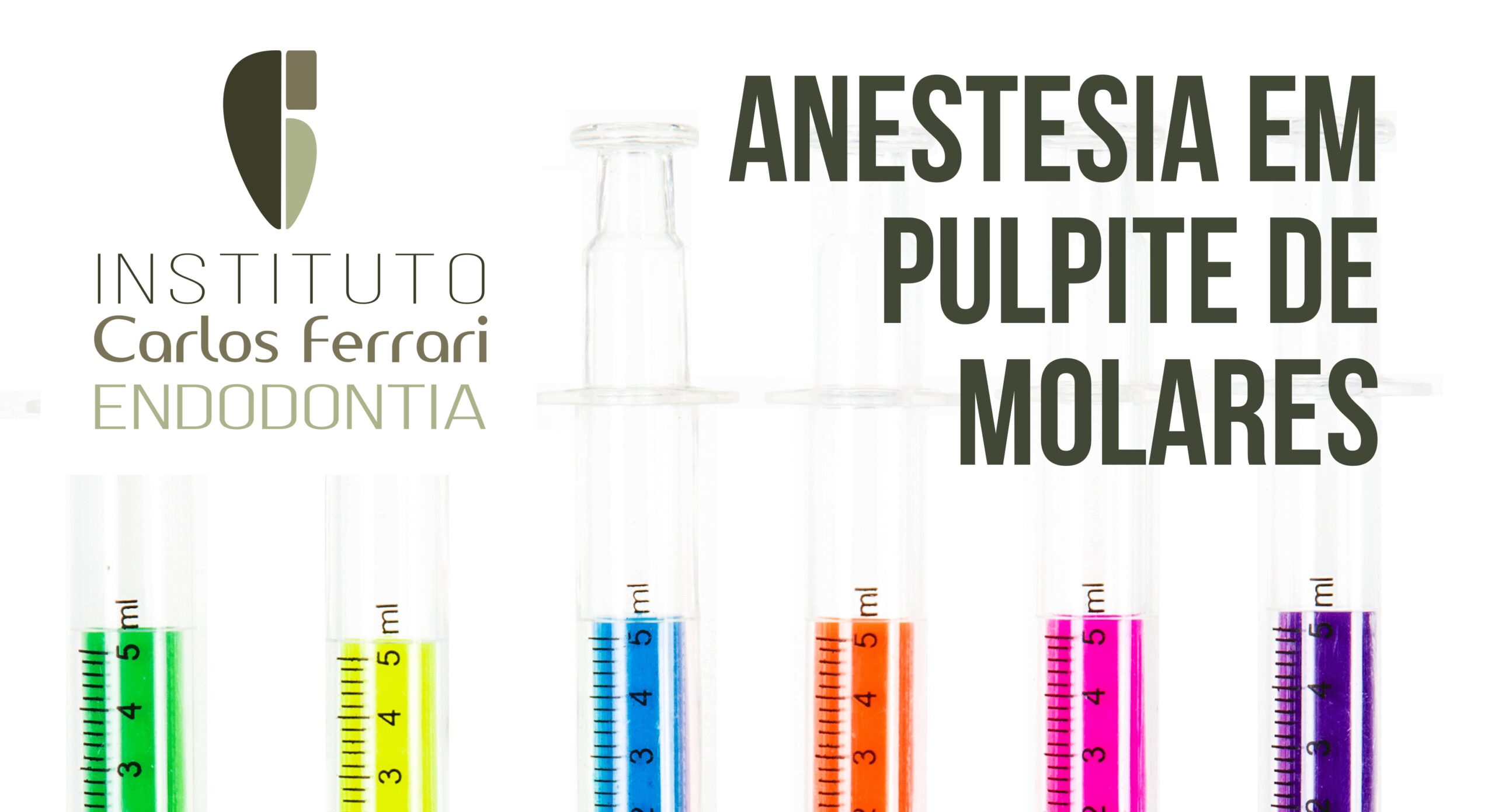Anesthesia in molar pulpitis. What are the steps for obtaining safe anesthesia in cases of pulpitis in upper and lower molars.
In: Cechin et al. Efficacy of anesthetic techniques for the management of lower molars with irreversible pulpitis: a literature review. Revista da Faculdade de Odontologia de Porto Alegre, v. 64, e129137, jan./dez. 2023.
INTRODUCTION
Local anesthesia is defined as the loss of painful sensation caused by inhibiting the conduction process in the peripheral nerves in a specific region for the chosen procedure, without loss of consciousness. In dentistry, local anesthesia is associated with high success rates. However, this reality does not apply to the anesthesia of irreversibly inflamed mandibular molars, which are associated with failure rates ranging from 43% to 83% using the usual technique. In this context, there is a clear need to look for approaches that increase the predictability of anesthesia in patients affected by the situation described above. Teeth affected by irreversible pulpitis are more easily anesthetized when they are maxillary teeth.
However, mandibular teeth hardly achieve pulp anesthesia using conventional techniques. One of the possible explanations for the failure to anesthetize mandibular teeth is associated with the accessory innervation of this region. Among the accessory nerves, the one that stands out for generating sensitivity related to the mesial canals of the mandibular molars is the mylohyoid nerve. This nerve is not in the region where the anesthetic solution is deposited in the inferior alveolar nerve block (IANB) technique, and the Gow-Gates (GG) block technique or the lingual infiltration technique are the options for affecting the mylohyoid nerve. Despite being the technique usually used to anaesthetize lower molars, NIBP, in addition to having significant failure rates, when performed properly, sometimes has the ability to insensitize only the lip, but not the pulp of teeth with irreversible pulpitis.
This begs the question: what techniques can be used to keep the patient numb, making for a more comfortable consultation? Thus, various options have been studied in order to control the pain of these patients, whether they are techniques for blocking the inferior alveolar nerve, or complementary anesthesia techniques. However, the lack of an effective and safe protocol so far has forced dentists to create their own protocols by trial and error. In this context, the aim of this study is to review the available literature on the best primary or complementary anesthetic techniques to help the dental surgeon carry out emergency endodontic treatment of mandibular molars under deep and effective anesthesia without major complications or discomfort for the patient.
Anesthesia in molar pulpitis





